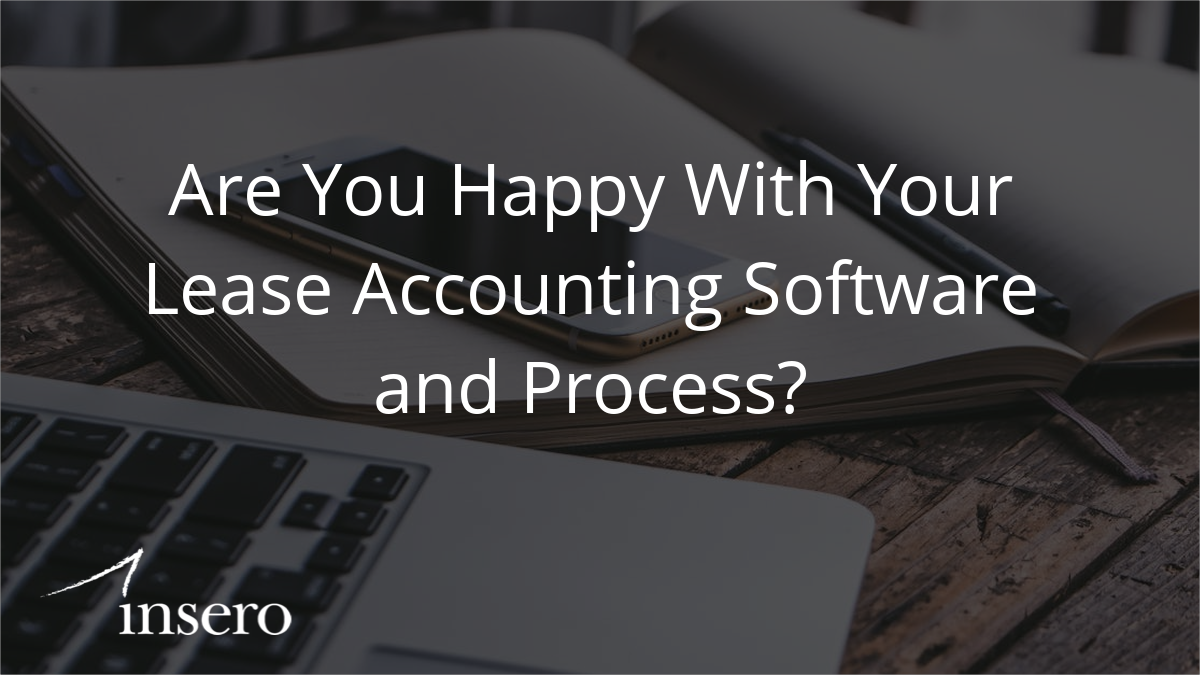ARTICLE | September 04, 2025
What if you could immediately deduct $600,000 instead of waiting nearly four decades to fully write off that same amount? For many real estate investors and property owners, this scenario isn’t hypothetical—it’s the powerful reality of cost segregation in 2025’s tax environment.
With the One Big Beautiful Bill Act (OBBBA) permanently restoring 100% bonus depreciation for property acquired after January 19, 2025, cost segregation has evolved from a nice-to-have tax strategy to an essential wealth-building tool. The question isn’t whether you should consider it—it’s whether you can afford not to.
The Perfect Storm: Enhanced Depreciation Benefits
The 2025 tax landscape creates unprecedented opportunities for property owners. Under the OBBBA, assets acquired and placed in service after January 19, 2025, with contracts signed on or after that date, qualify for 100% bonus depreciation. This permanent extension transforms how we approach cost segregation studies.
“The combination of permanent 100% bonus depreciation and increased Section 179 limits creates a compelling case for cost segregation that we haven’t seen in years,” explains Steve Mills, CPA of Insero Advisors, LLC. “We’re seeing clients accelerate six-figure tax deductions that would otherwise be spread over decades.”
Here’s how the numbers work: A cost segregation study on a $3 million commercial building might identify $600,000 reality of bonus depreciation in assets with shorter depreciation lives. Under the enhanced rules, Section 179 allows immediate expensing of up to $2.5 million (increased from $1.2 million), while bonus depreciation covers any remaining qualified components. The result? A potential $600,000 first-year deduction.
Strategic Integration: Section 179 Meets Bonus Depreciation
The real power lies in understanding how these tools work together. Cost segregation identifies building components that qualify for accelerated treatment—lighting systems, specialized flooring, HVAC installations, and security systems. These assets can then be immediately expensed under Section 179’s expanded limits or claimed through 100% bonus depreciation.
Consider a medical practice that purchases a $2 million facility. A cost segregation study identifies $500,000 in qualifying improvements. Under current rules, the practice can immediately expense $400,000 through Section 179, with the remaining $100,000 eligible for bonus depreciation. That’s a $500,000 first-year deduction that dramatically improves cash flow and reduces tax liability.
Navigating Federal vs. State Complexity
While federal benefits are substantial, state treatment varies significantly. New York, for example, doesn’t conform to federal bonus depreciation rules, making Section 179 expensing particularly valuable for Empire State property owners. This complexity underscores the importance of comprehensive tax planning that considers both federal and state implications.
“We regularly see situations where state conformity issues affect strategy selection,” notes Mills. “A thorough analysis ensures clients maximize benefits at both levels while maintaining compliance with varying state requirements.”
This is where professional expertise becomes crucial. Each state’s approach to depreciation conformity affects the optimal strategy, and what works in one jurisdiction may not be ideal in another.
Implementation Strategy: Timing and Planning
Successful cost segregation requires strategic timing. For existing properties, retroactive cost segregation studies can identify missed opportunities through Form 3115 accounting method changes.
The expanded benefits also apply to renovations and tenant improvements. Interior buildouts in nonresidential buildings qualify as Qualified Improvement Property (QIP), depreciable over 15 years and fully eligible for immediate expensing. This creates opportunities for both property owners and tenants who invest in leasehold improvements.
Beyond Buildings: Comprehensive Asset Analysis
Cost segregation extends beyond traditional real estate components. Parking lots, landscaping, specialized lighting, and even certain software installations can qualify for accelerated treatment. Manufacturing facilities, restaurants, and medical practices often have equipment and fixtures that benefit from detailed asset classification.
The key is comprehensive analysis. A thorough cost segregation study examines architectural plans, construction contracts, and invoices to identify every component that qualifies for shorter depreciation lives. This detailed approach ensures maximum benefit while maintaining IRS compliance.
Looking Forward: Strategic Tax Planning
With permanent 100% bonus depreciation now in place, cost segregation becomes a cornerstone of long-term tax strategy. Property investors can model acquisition decisions with confidence, knowing the tax benefits will remain available. This permanence enables more sophisticated planning around portfolio growth and cash flow optimization.
For businesses planning expansion or facility upgrades, the enhanced benefits make investment decisions more attractive. The immediate tax relief improves return on investment calculations and frees capital for additional growth initiatives.
The 2025 tax environment creates exceptional opportunities for property owners who understand how to leverage cost segregation effectively. Combined with expanded Section 179 limits and permanent bonus depreciation, these strategies deliver immediate cash flow benefits and long-term tax savings.
At Insero Advisors, we bring over 50 years of experience helping growth-focused companies navigate complex tax strategies. Our team provides the comprehensive analysis needed to maximize cost segregation benefits while ensuring compliance with federal and state requirements.
Ready to explore how cost segregation can accelerate your tax savings? Contact our tax advisors today to schedule a consultation and discover the strategies that can transform your property investments into powerful wealth-building tools.
Let’s Talk
Fill out the form below and we’ll get back to you to discuss your specific situation.




